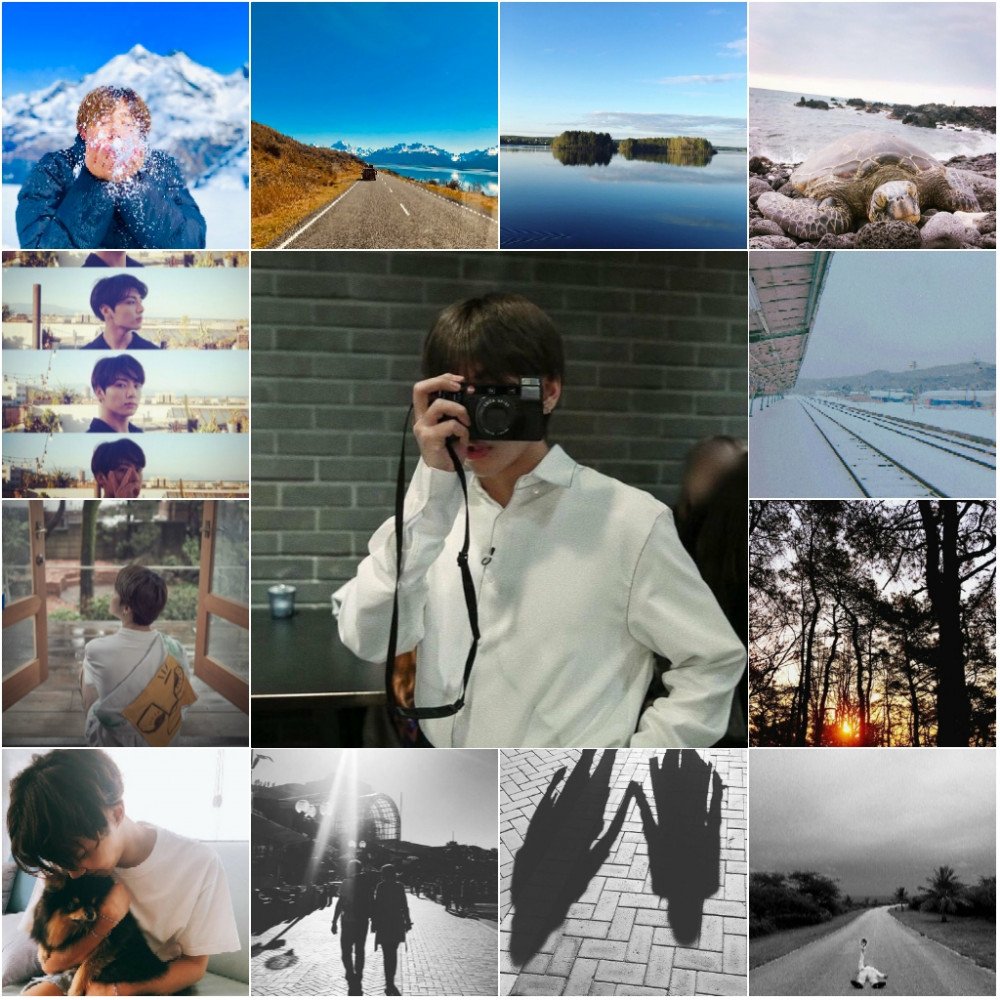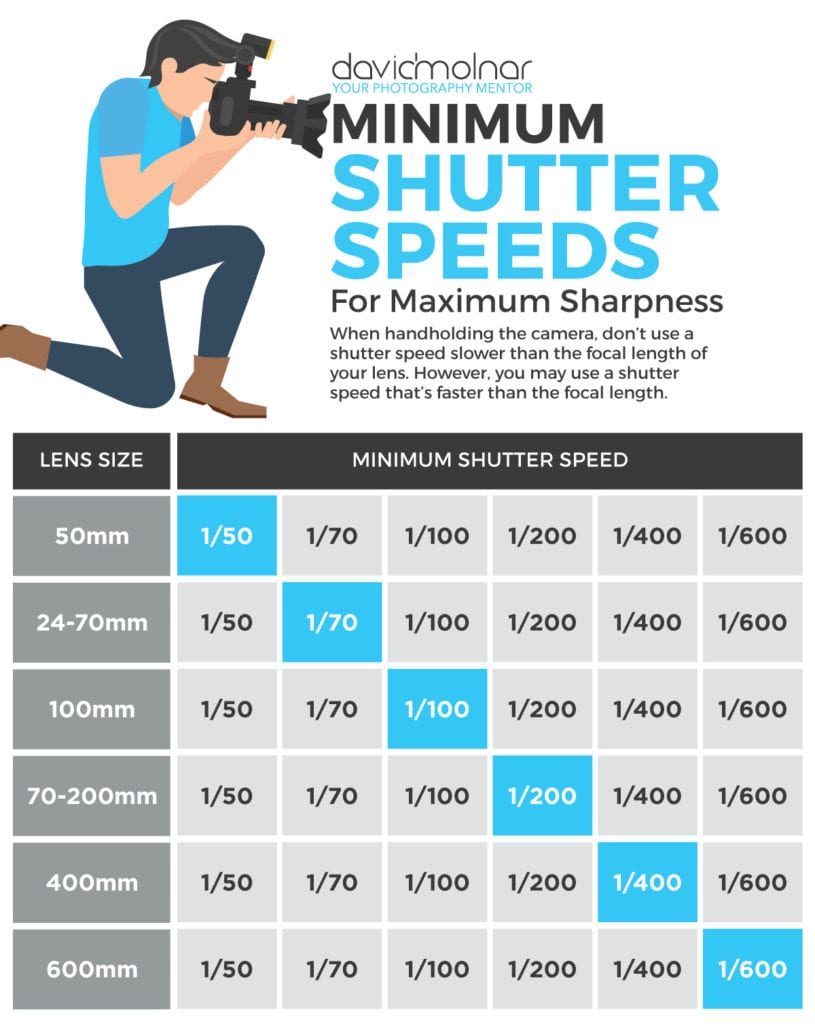
Photography success is based on four core skills. These skills include technical expertise in light, post production editing, and communication skills. This article will provide detailed information on each skill. It is easy to start learning these skills today! Continue reading for more information. It may surprise you at how much there is to learn. Become a successful photographer! Here are some tips to get you started in your career as a photographer:
Learn from LIFE Magazine's professional wedding photographer
Wedding photography can be considered both an art or a business. You have to learn both the art and the business. Then you can create the images of your dreams. This is what this course teaches. This ebook will show you how to create the best photographs. The course includes five video lessons and a 600-page e-book. The program will guide you in creating the wedding photos of dreams.
Scout the location. The best light conditions for your shots will be determined by the location you've scouted. If you're working at a large venue, it's important to know where the best spots are for positioning shots. You must be able adapt to changes in lighting. Comfortable shoes are important as you will be moving around a lot.

10 rules for good photography
It is important to be aware of the following basic issues when photographing. These issues can then be divided into nine equal segments. It is important to place the most important elements along one or more lines. Additionally, you can place important elements at the intersections of multiple lines. If you are trying to capture a landscape in a photograph, for example, place the horizon along one line. If you are shooting landscapes, place your subject vertically and the background on the other side.
There are many rules to photography. But they are not written in stone. These rules are guidelines and not rules. Sometimes, the rules can be applied to your particular scene. You should remember that they can be broken if necessary. Following these rules of photography can help you take better photographs and learn to express your creative vision. Here are some basics about composition for photography:
Communicating with your subject
It takes more than technical knowledge and technology to take great photos. Photographers need good communication skills. If they lack communication skills, viewers will not feel the right emotions. Communication will make the photo look more natural and bring more attention to the subject. Here are some tips for communicating with your subject to get the perfect shot. Be professional and communicate with your subject. Your photos will reflect professionalism and your skills.
Communication is key in photography. It is very important to build rapport with your subject to create the best photos possible. Photographing can be stressful and nerve-wracking. It is crucial to communicate effectively in all aspects of your job. It is important to be able negotiate with your subject, when to compromise and to have patience. Photographers who are successful have the ability to tell compelling stories while communicating a clear message to their audiences.

Post-production editing
You need to edit photos after you have taken them. Post-production editing is the process of applying effects, such as contrast, brightness, and saturation, to images. Post-production editing can take several hours depending on what project you are working on. Here are some tips on how to edit photos to improve their quality:
One of the most important techniques in post-production is color grading and image stabilization. These techniques are essential for creating beautiful digital images. These techniques are also more affordable than long photo shoots. Noise reduction is another technique that post production editors can use to enhance photographs. When a photo is blurry, the noise value can reduce and make the image look clear. It is possible to hire a specialist in noise reduction to make the image appear natural.
FAQ
What is the best camera for beginners?
Your budget, your needs, and your skill level will determine which camera is best for beginners.
You might consider a point-and shoot digital camera if you are trying to save money. These cameras are not very versatile but offer excellent quality.
Digital Single Lens Reflex (DSLR) cameras have interchangeable lenses that allow you to shoot various types of shots. While they are more expensive than point and shoots, they offer much more flexibility.
A beginner's kit is the best place to begin if you are new to photography. You'll find everything you need in one package, including a camera body, lens, memory card, tripod, and flash.
You should also remember to buy additional batteries.
Do I want to start taking photos as a hobby?
Photography is a wonderful way to share memories with family and friends. Photography also lets you learn more about the world around.
If you are interested in learning how to take better pictures, there are plenty of resources available online to help you do just that.
It may be worth looking into classes at community colleges and art schools. This will enable you to make connections with other photographers who are able to give valuable feedback.
Cameras: Where to Buy?
There are many online places where you can purchase cameras. B&H Photo Video is a well-respected retailer. They have knowledgeable staff to answer your questions.
B&H also ships quickly and securely, making it easy to get your order delivered to your door.
If you want to learn more about shopping for cameras, check out this video.
What equipment do I need to get started in digital photography?
You should first consider what kind of camera you want when you begin digital photography. You have several options, including DSLRs (digital single lens reflex cameras), point-and-shoot compact cameras, camcorders, and smartphones. Each offers different features and benefits. DSLR cameras, however, are larger and heavier than most other types of cameras. Point-and shoot cameras are lighter and smaller than other types of cameras and can often be set up automatically for certain situations. Camcorders can record excellent video and have some still photography modes. Smartphones are light and portable and can be carried around easily.
Once you've made a decision about the type and model of camera you want, then you must decide whether you want to buy it new or used. Cameras that have been used in recent years can often be found for a reasonable price. Because of the large amount of money that manufacturers spend on new technology, older models are more expensive.
Next, you'll need to buy lenses. The quality of your photos is directly affected by the lens. They allow you to control the lens's focal length, allowing you to zoom into the scene without losing focus. Some lenses include built-in flash units. Others require external flash. A wide range of lenses is available from various brands, each offering unique characteristics.
You will also need memory cards. Memory cards store pictures taken by your camera. The size of your memory card will depend on the number of images it holds. It could store hundreds of thousands or even millions of pictures. Multiple memory cards are required if you intend to take many pictures.
Is photography a talent
Photography is not an artistic talent. It is an art that takes practice, training and experience. You need to practice for years before you can master any part of the craft.
Photography is a business, and you should have a plan on how you're going to make it profitable.
To achieve this, it is important to first understand the kind of clients that you wish to attract and then find ways to reach them.
You must understand their motivations and who they are. It is important to communicate clearly and convincingly with them in order to convince them to use your services.
This means you need to be prepared and well-organized when meeting potential clients.
You will need to have a portfolio of work before you can approach potential customers. This can be done electronically using software programs or printed on paper.
Once you have compiled a portfolio of work, you should start looking for opportunities to display it. You can either approach businesses directly or advertise online.
Statistics
- There are people out there who will pick at flaws they can only see in 100% crops of your photos. (wikihow.com)
- This article received 13 testimonials, and 100% of readers who voted found it helpful, earning it our reader-approved status. (wikihow.com)
- While I cannot prove that all of those spots were not sensor dust, the photo was taken during a heavy snowstorm…so I guess that 99.8% of the spots are snowflakes. (bhphotovideo.com)
- The second easiest way to get blurry photos 100% of the time is to use a cheap filter on the front of your lens. (photographylife.com)
External Links
How To
What are the essential skills required to be a professional photographer?
Basic skills for any job in photography include artistic ability, technical knowledge, and business acumen.
Technical knowledge includes understanding exposure settings and camera functions, lens types, film speeds, developing techniques, and lens types.
Artistic ability involves understanding composition, lighting, and posing and knowing how to use Photoshop and other editing software.
Business acumen encompasses budgeting, scheduling, time management and dealing with clients.
Photography is something you must be passionate about if your goal is to become professional photographer.
Learn about photography online, at school or in college.
Many books are available to help you learn all aspects of photography.
As well to learning about photography, it is important to develop your own style.
This will make you stand out among others in the field.
Photography has evolved over the years. In the past, people used cameras like the Kodak Instamatic and Polaroid instant cameras.
Digital cameras are increasingly popular today. Photographers these days use smartphones to take pictures.
Although it is possible to purchase a smartphone capable of taking high-quality images you should invest in a DSLR (Digital Single Lens Reflex).
A DSLR can be used to control every aspect, from shutter speed, aperture, ISO, sensitivity, white balance, focus, and white color.
These features allow for you to create incredible photographs and effects.
These controls are also available to adjust the mood of your photograph.
A fast shutter speed can make your subject appear blurry, for instance.
You can make them appear like they're moving by increasing light into the camera.
A color temperature adjustment can be used to modify the mood in your image.
You can, for example, increase the red in the picture if you see a lot of blue light. This will give it a warmer look.
To begin with, you may find it difficult to know which direction to point your camera.
However, once you understand the basics, you will soon realize that it is not so hard after all.
It's much simpler than you think!
You will likely start off by only shooting landscapes and close-up shots.
Don't worry, as you get more experience, you'll be able capture everything from abstracts to portraits.
Once you are proficient in the basics, you will be able to move on to more difficult subjects.
Here are some tips to help you get started:
-
Choose a good location. Find somewhere that you can enjoy your time and relax.
-
Choose something you find interesting to photograph. Find unusual and unique things to photograph.
-
Practice lots of photos. Practice makes perfect!
-
Experiment with different angles. Your goal will dictate how you hold your camera.
-
Use different lenses. Different lenses can offer you different perspectives.
-
Photograph in low light conditions. Photography in bright sunlight can be challenging.
-
Practice framing your shot. Frames are an important skill when you capture an image.
-
Learn how to use your camera settings. You can improve your photography by spending time with your camera settings.
-
Keep learning new techniques. Photography is a vast subject. Visit local galleries, museums, libraries, and other venues to find out more.
-
Read magazines and books. Photography books will give you all the information you need.
-
Join a club. Clubs for photographers often organize events that encourage members share their work.